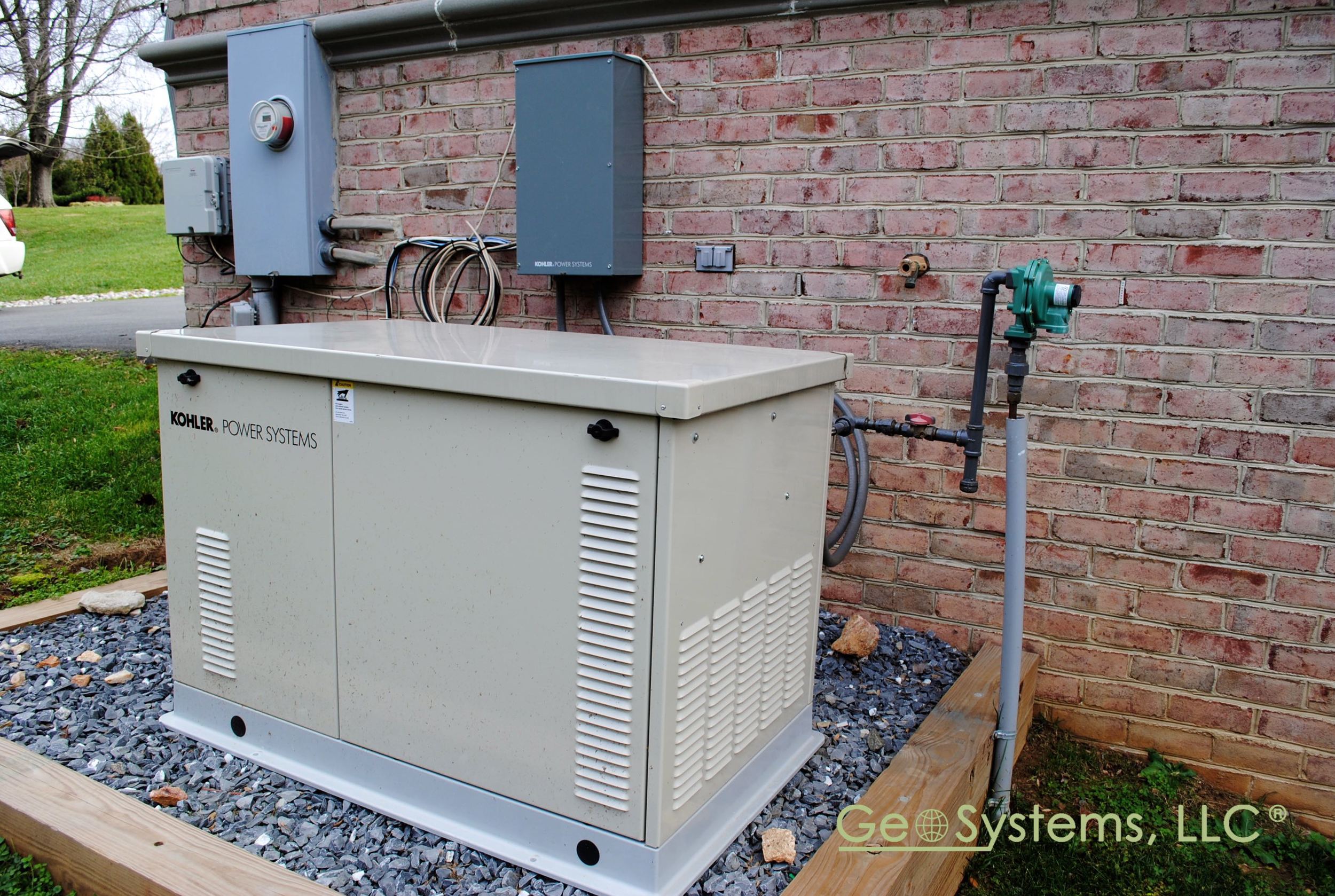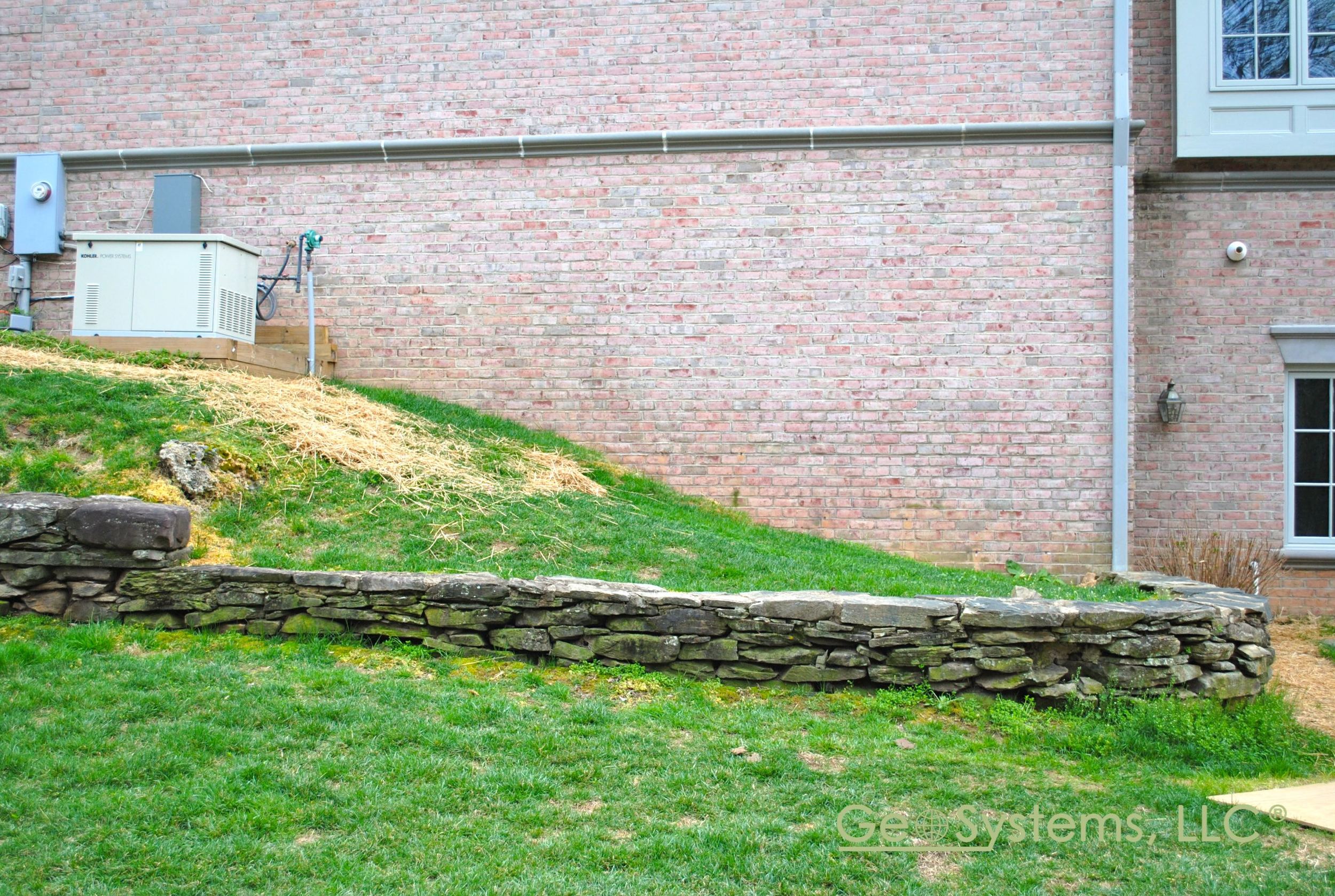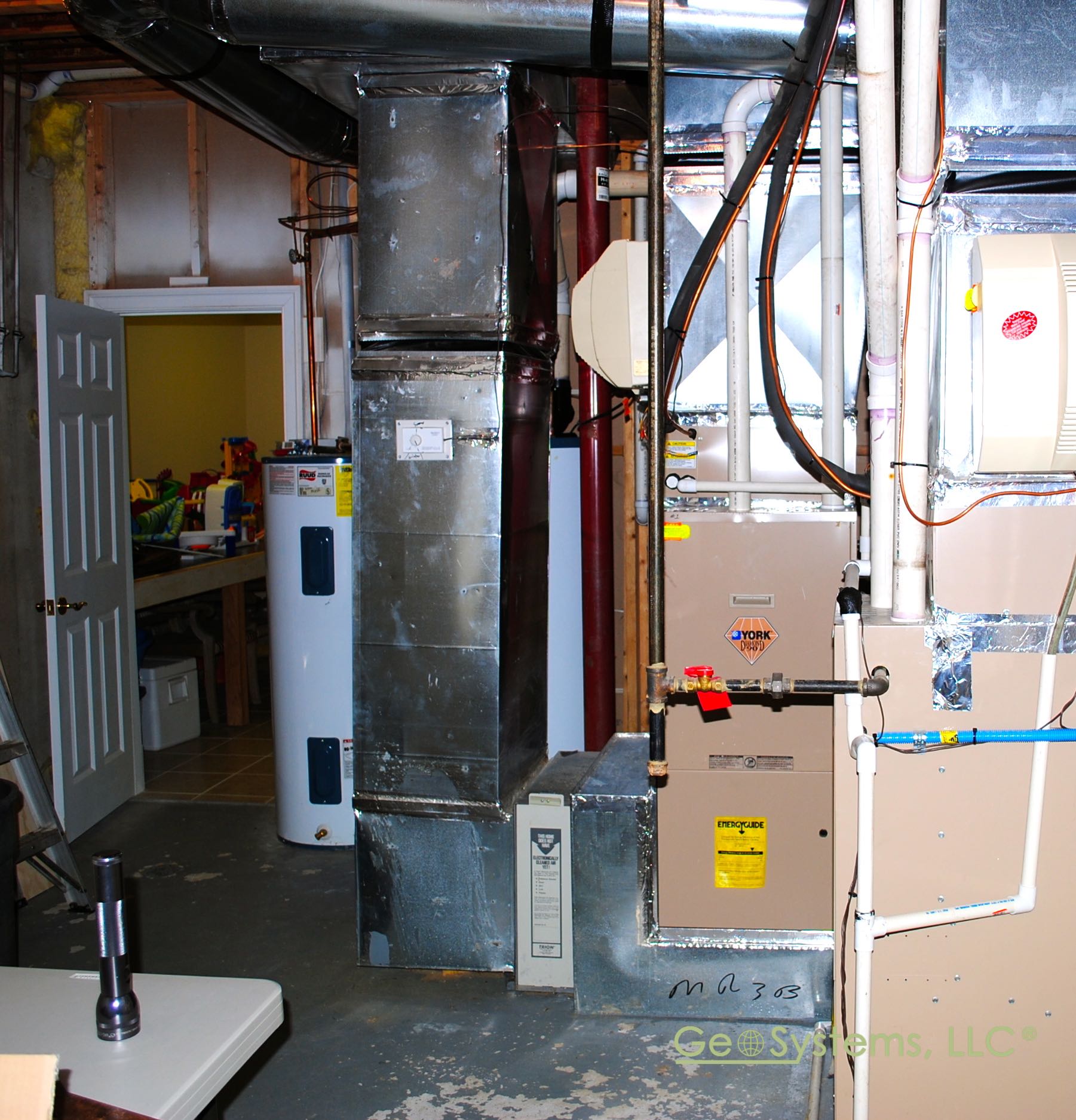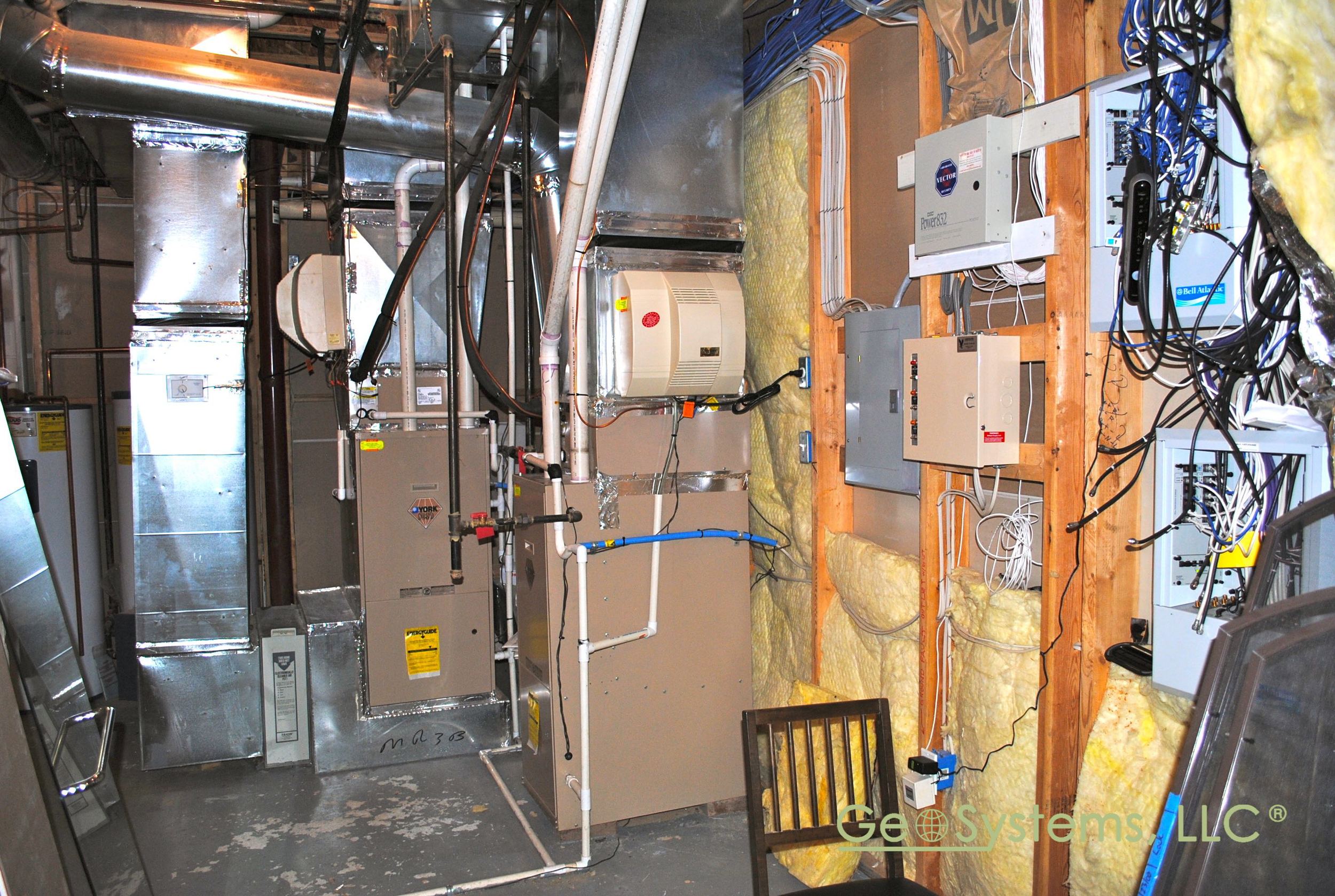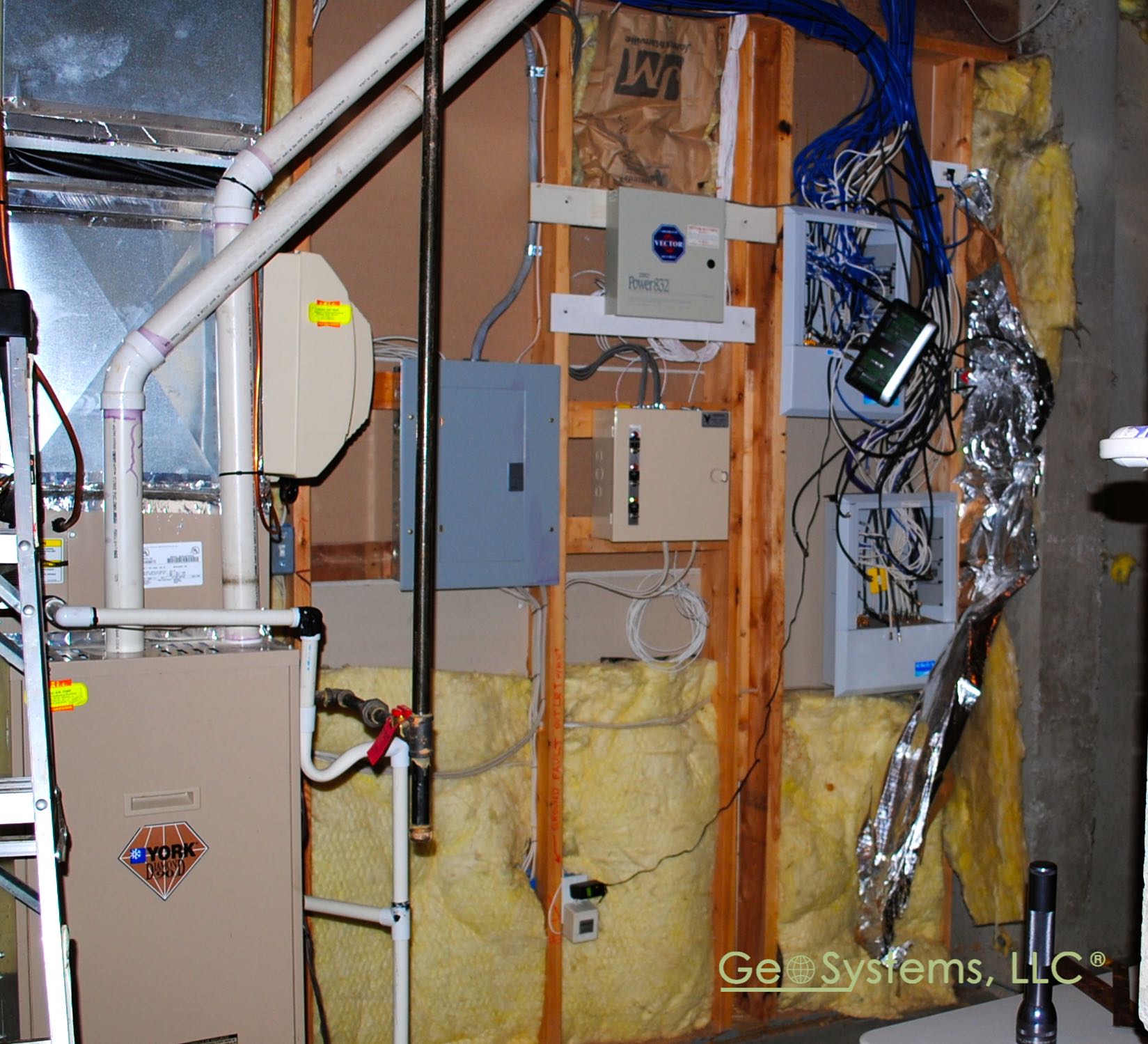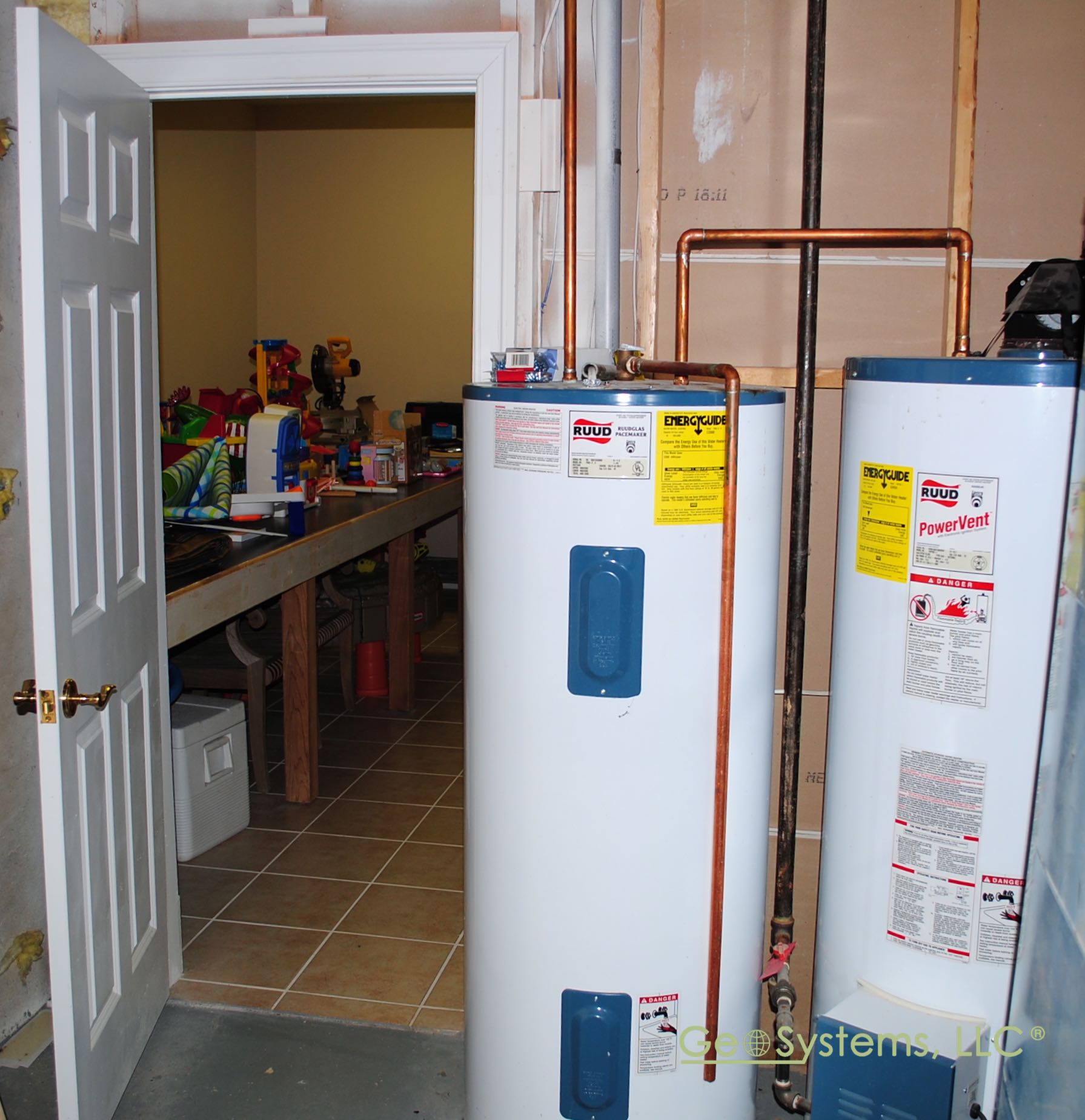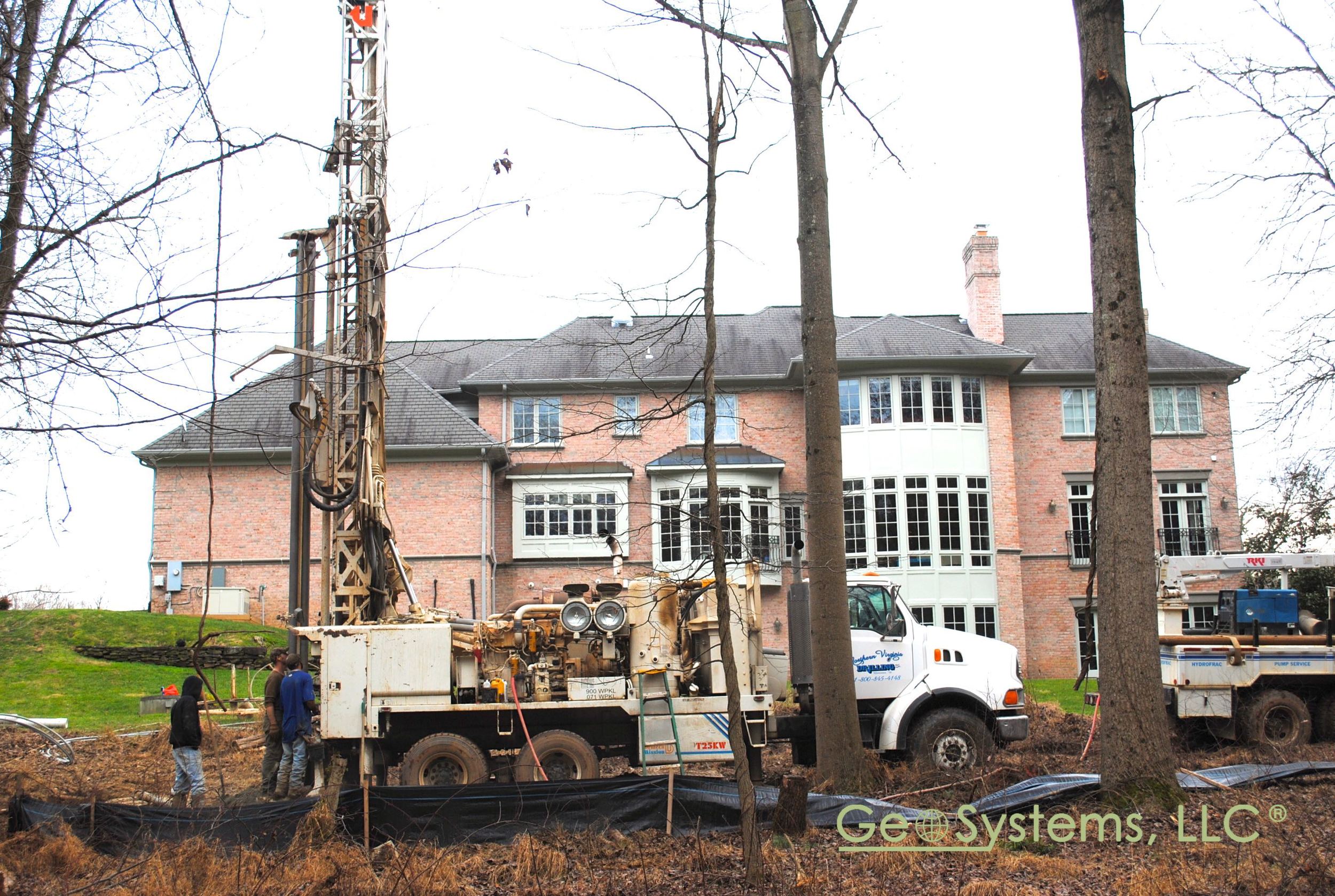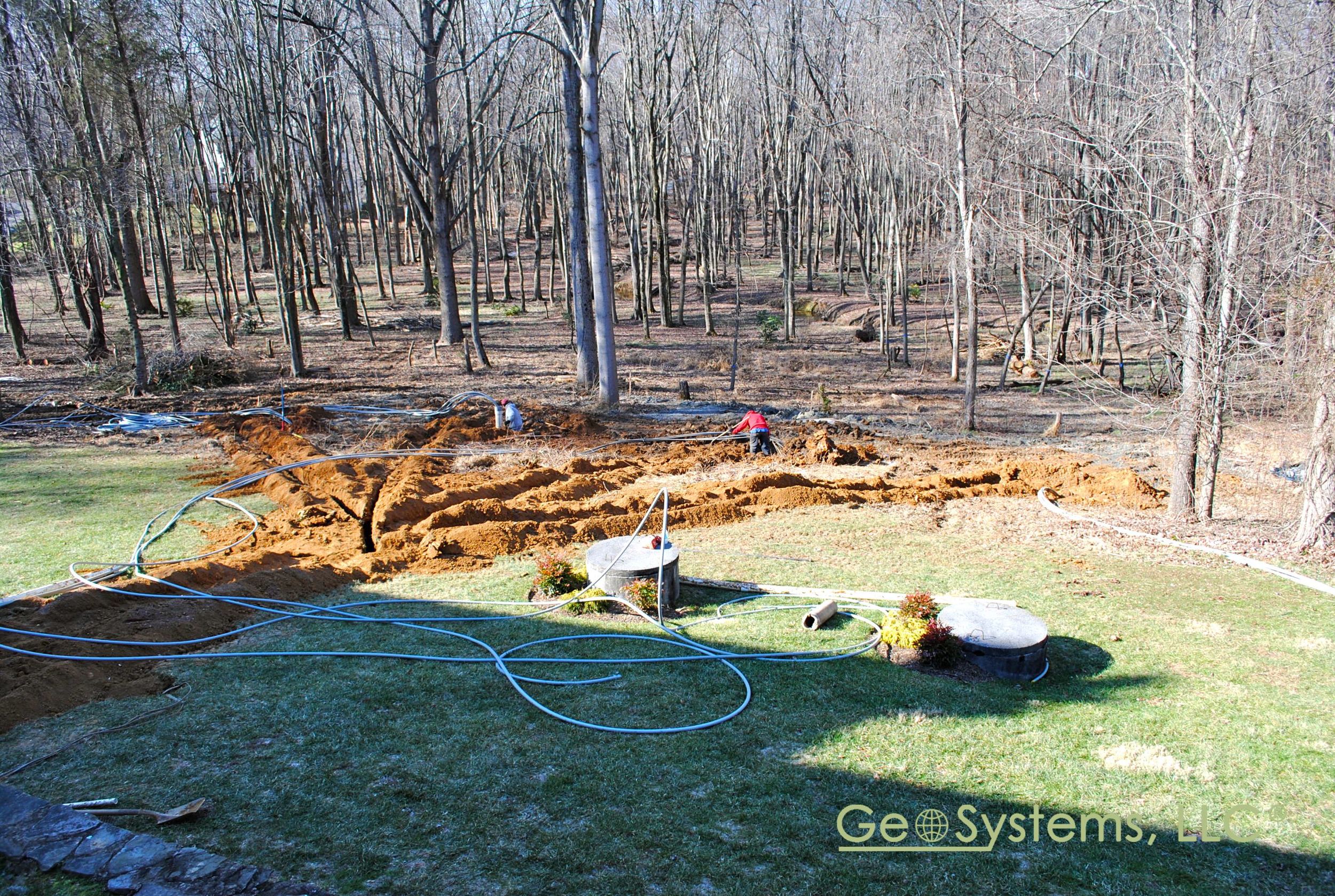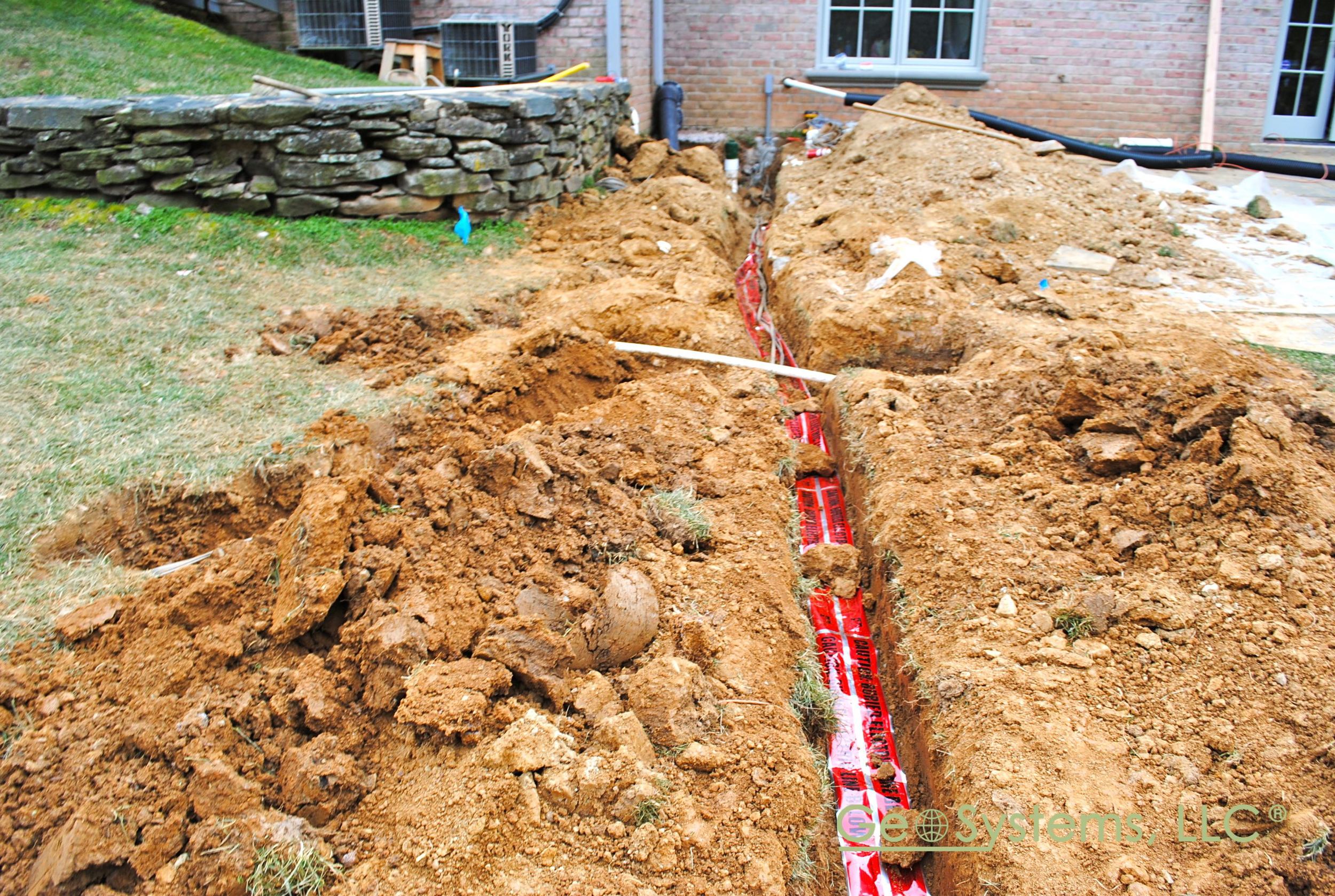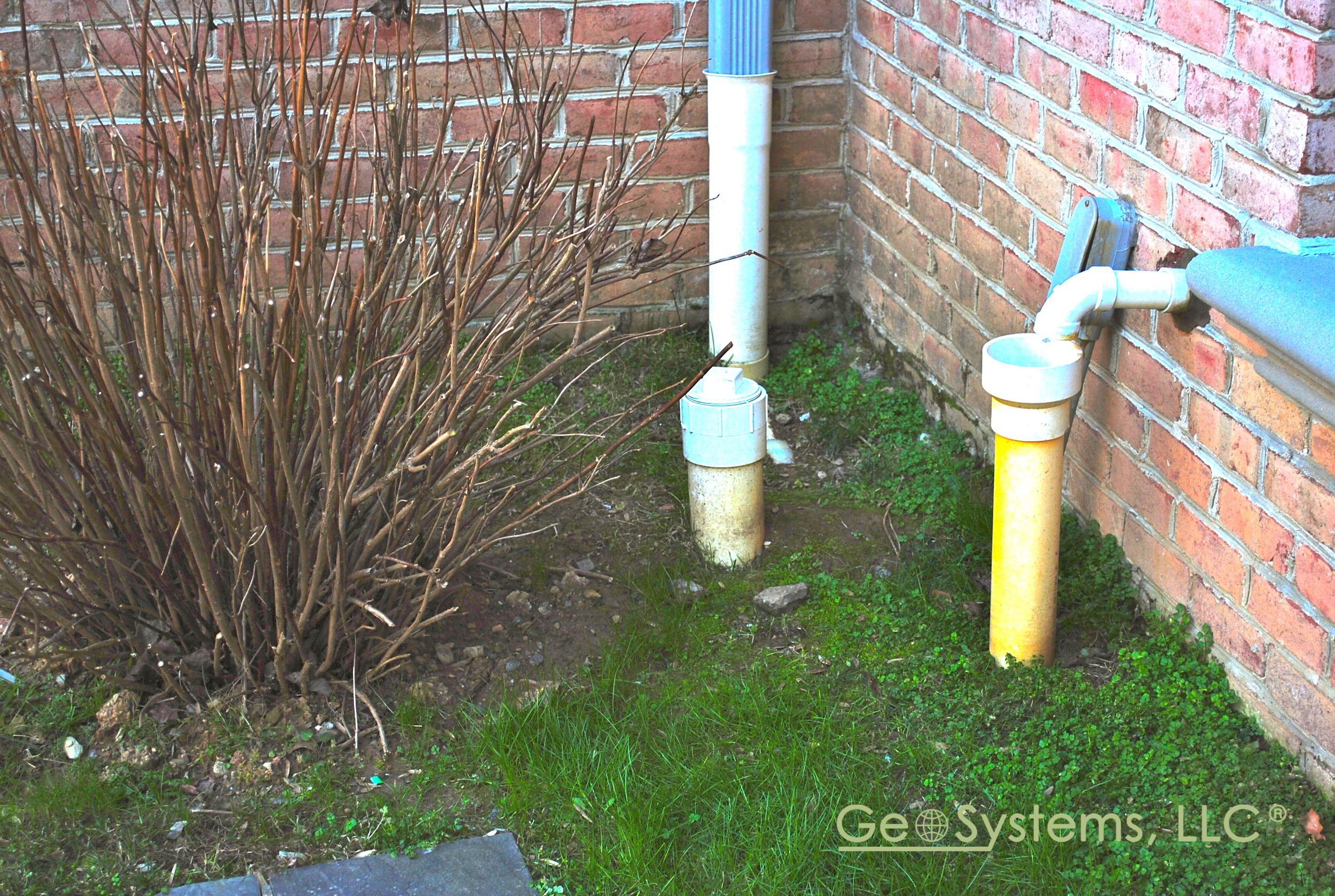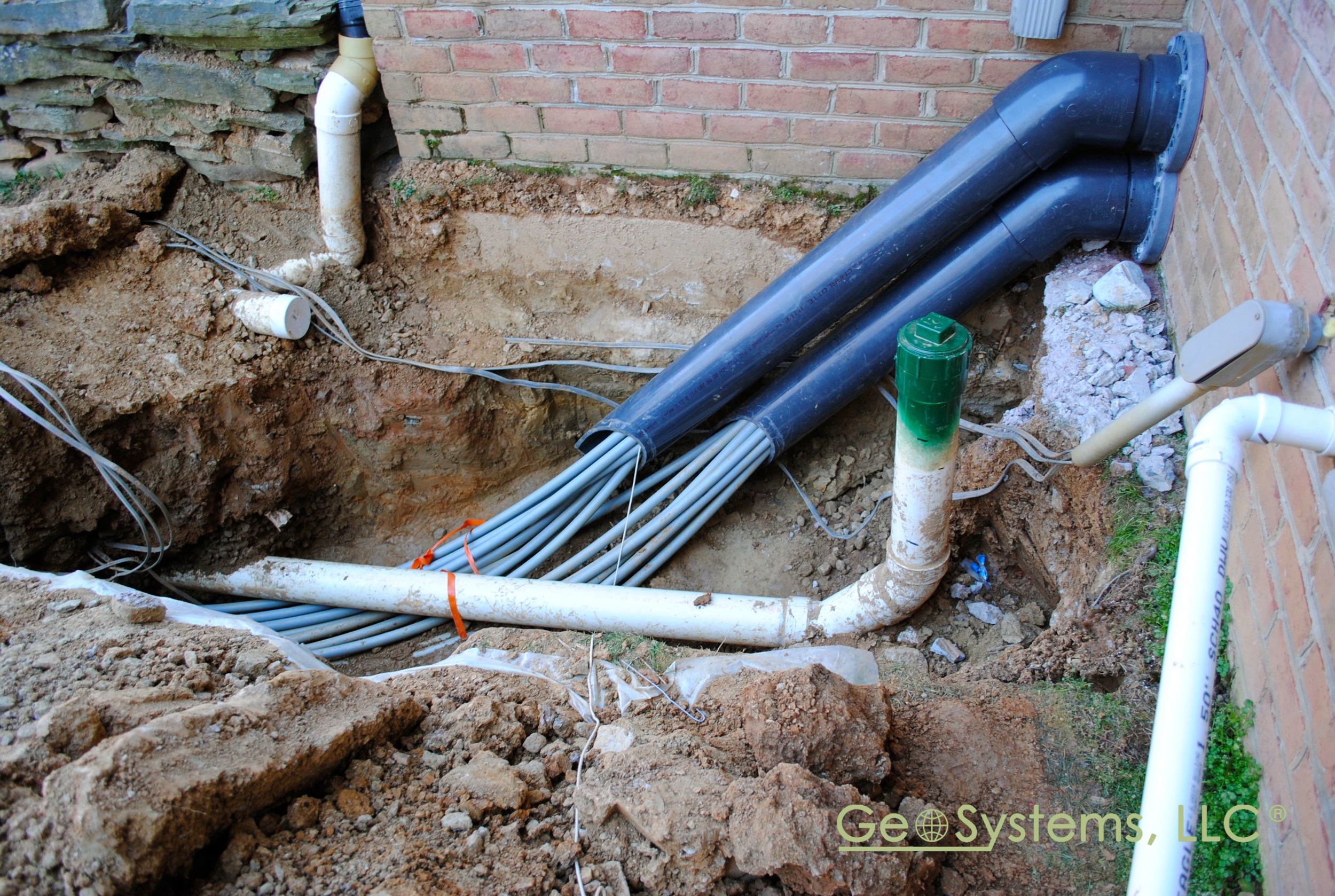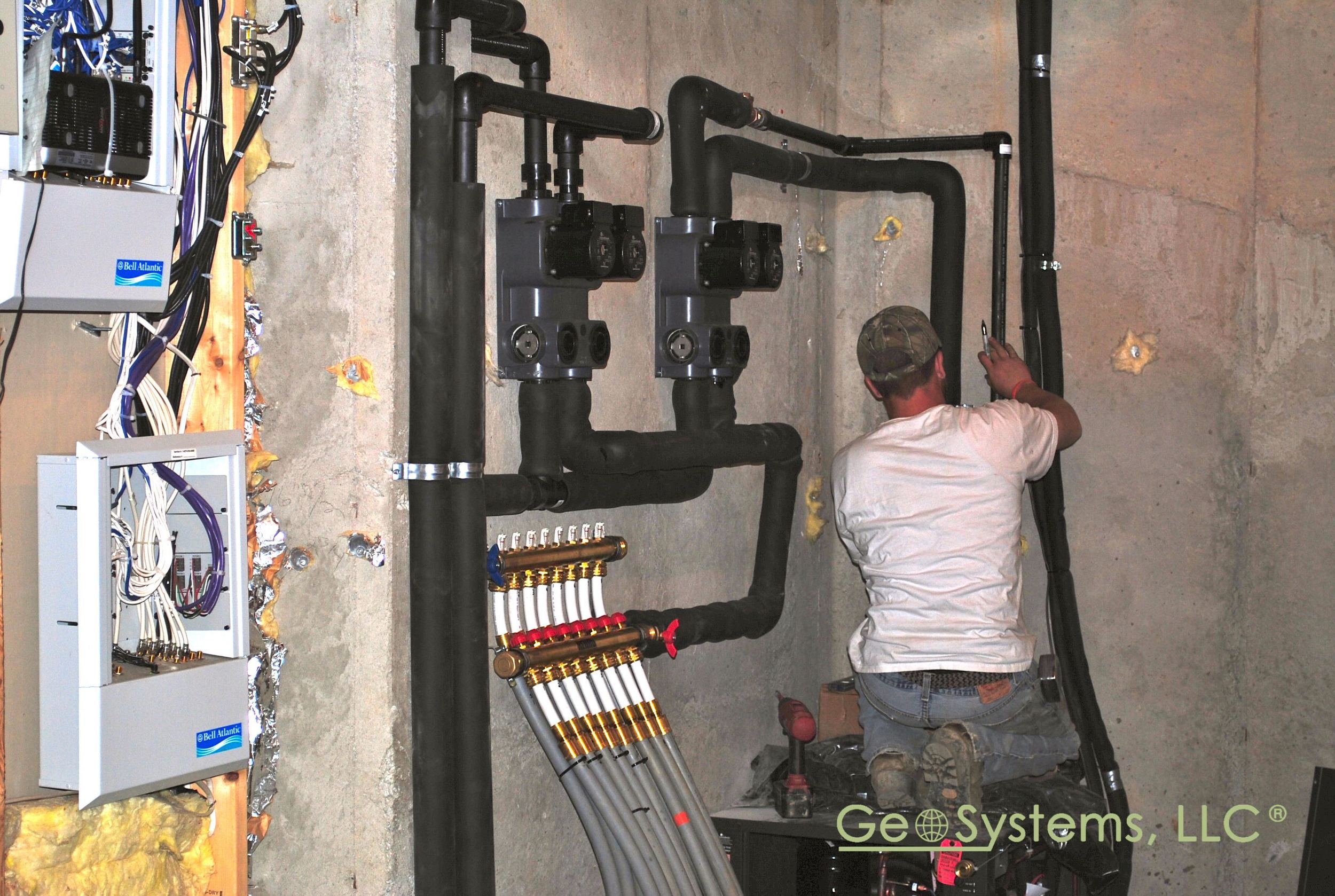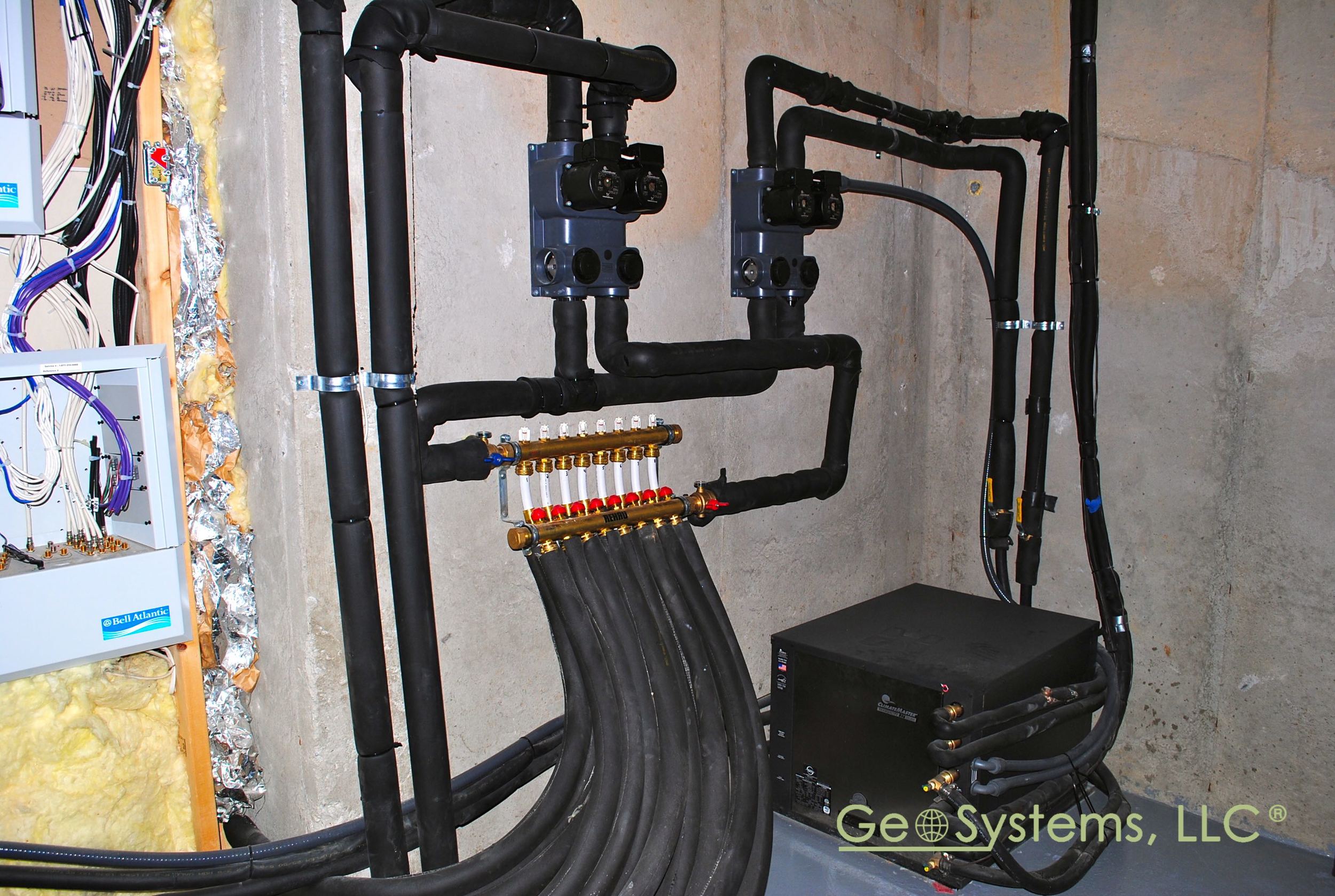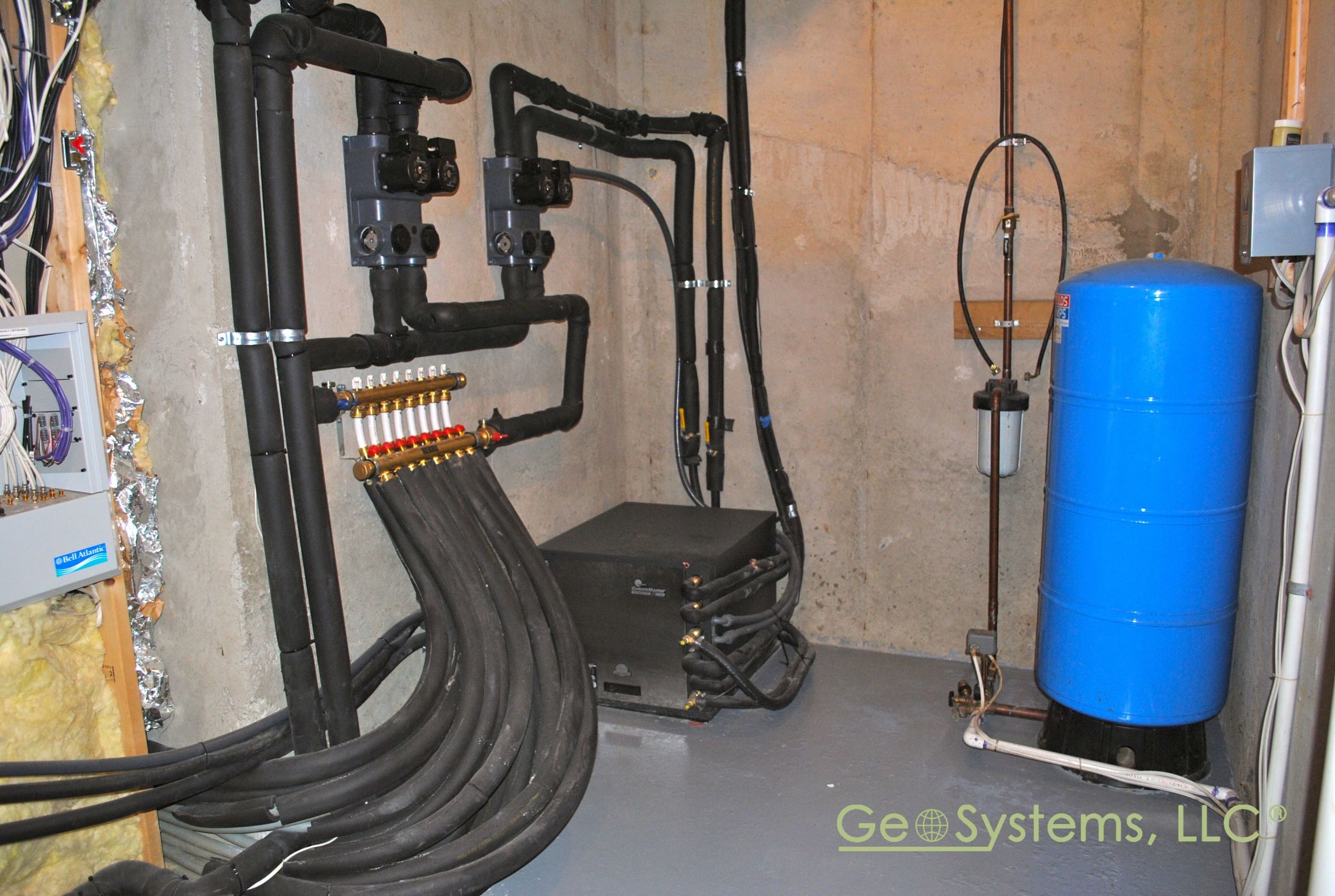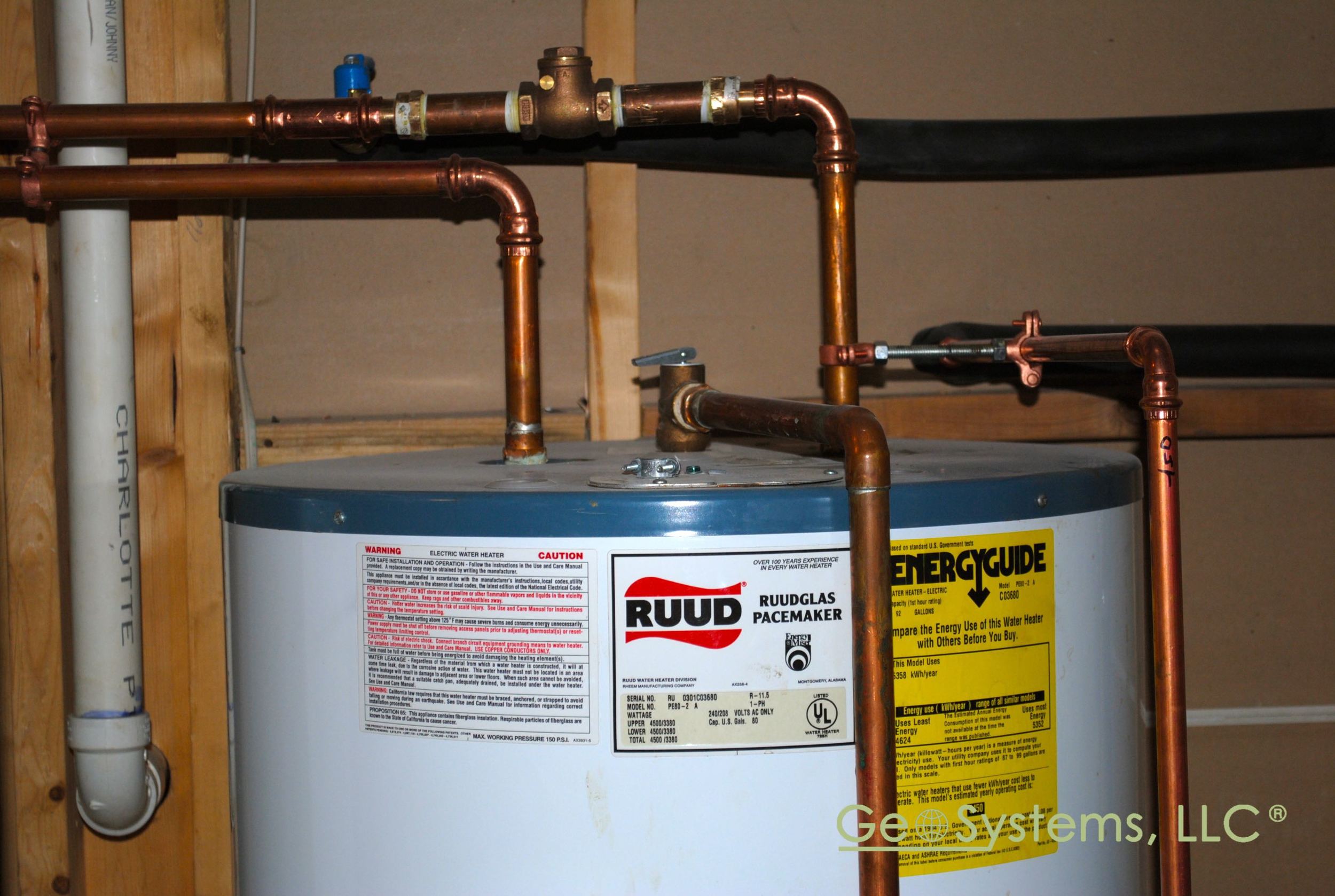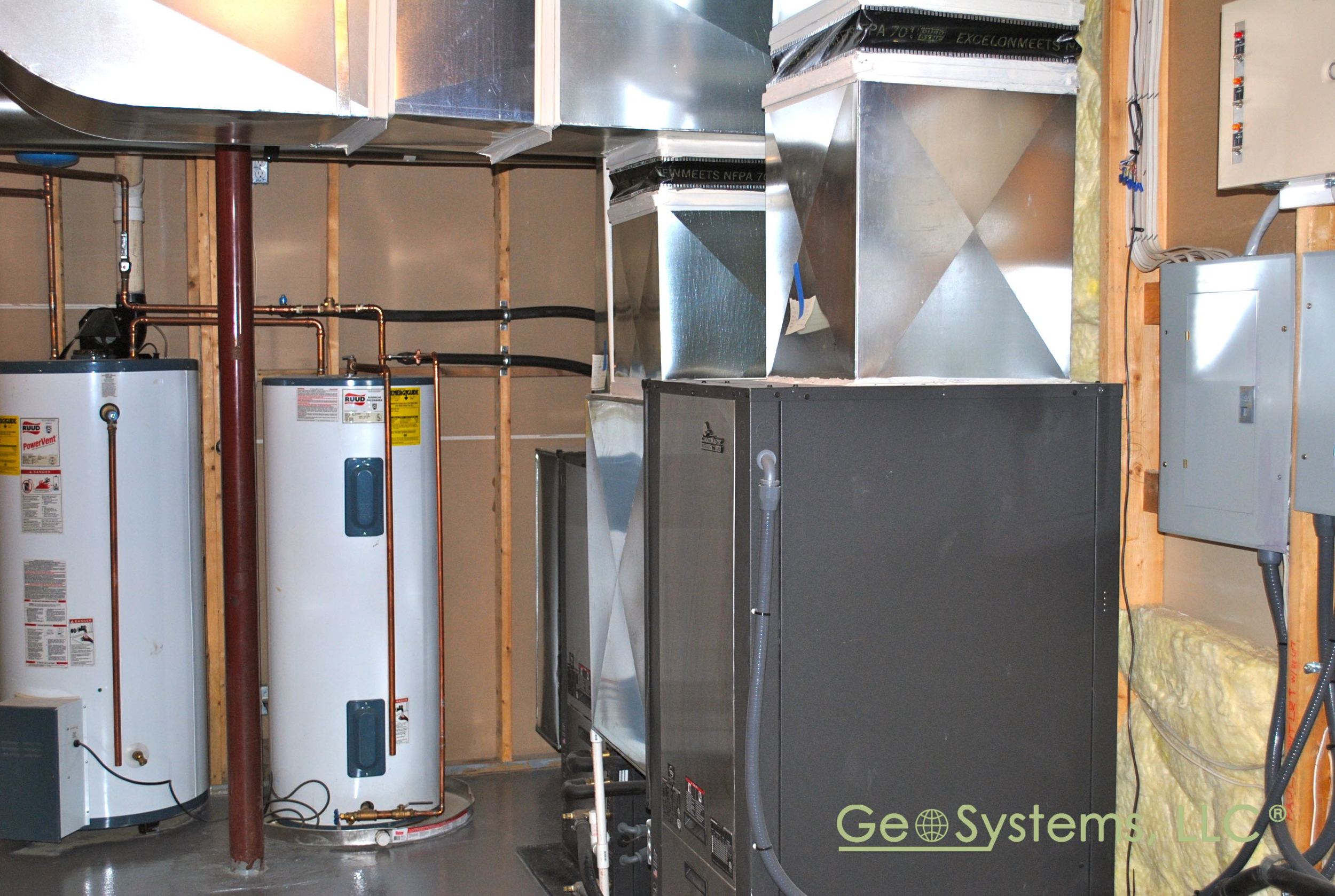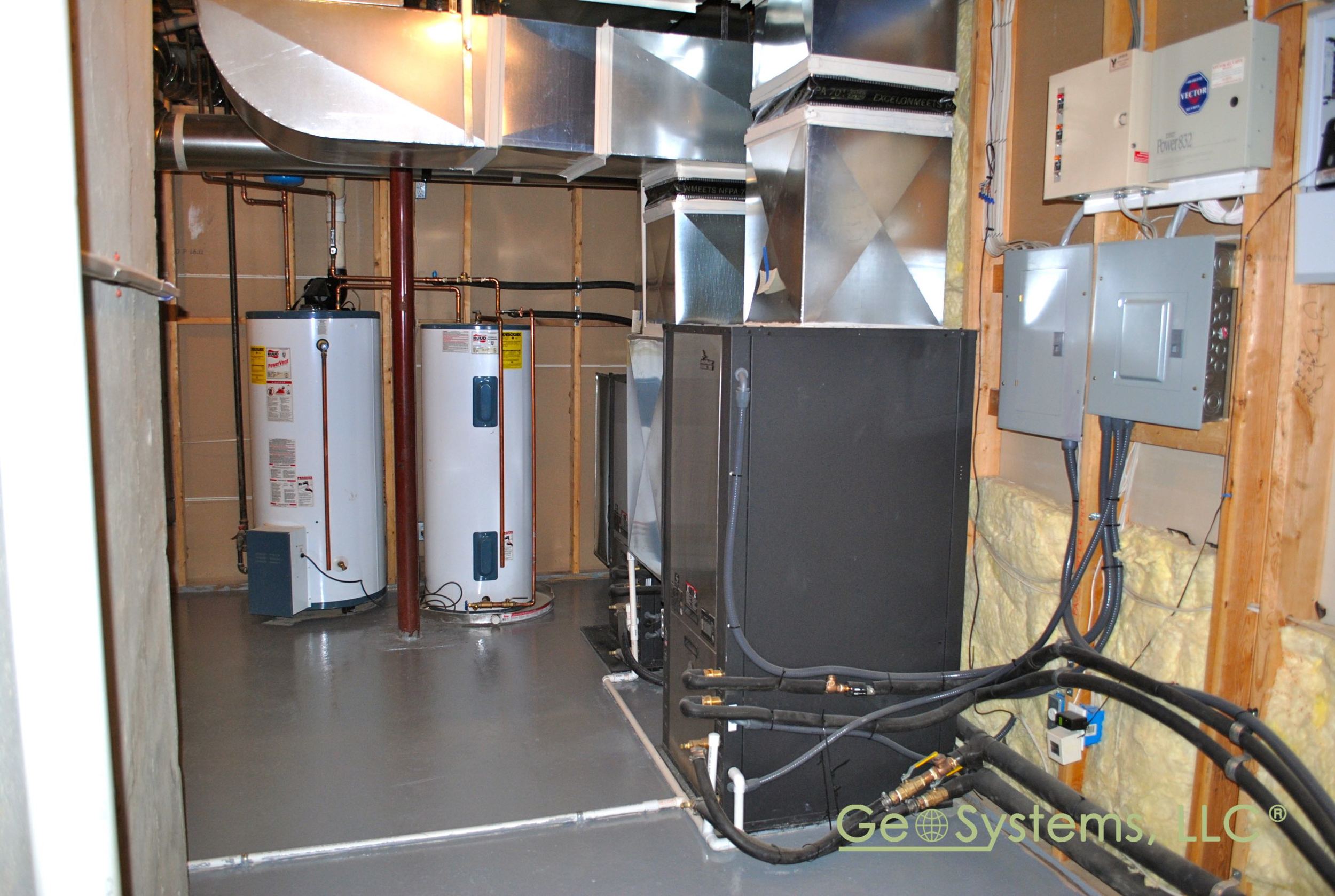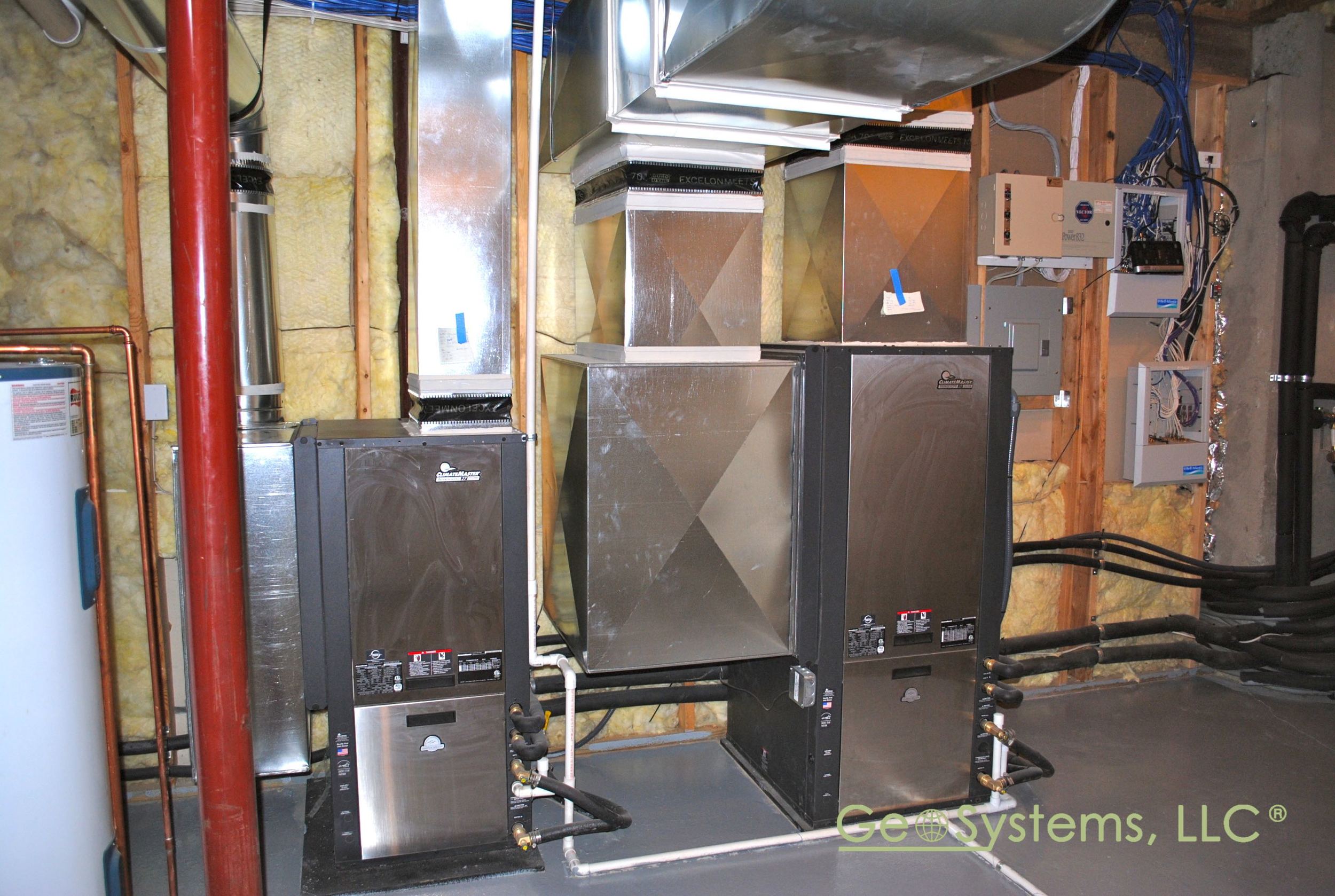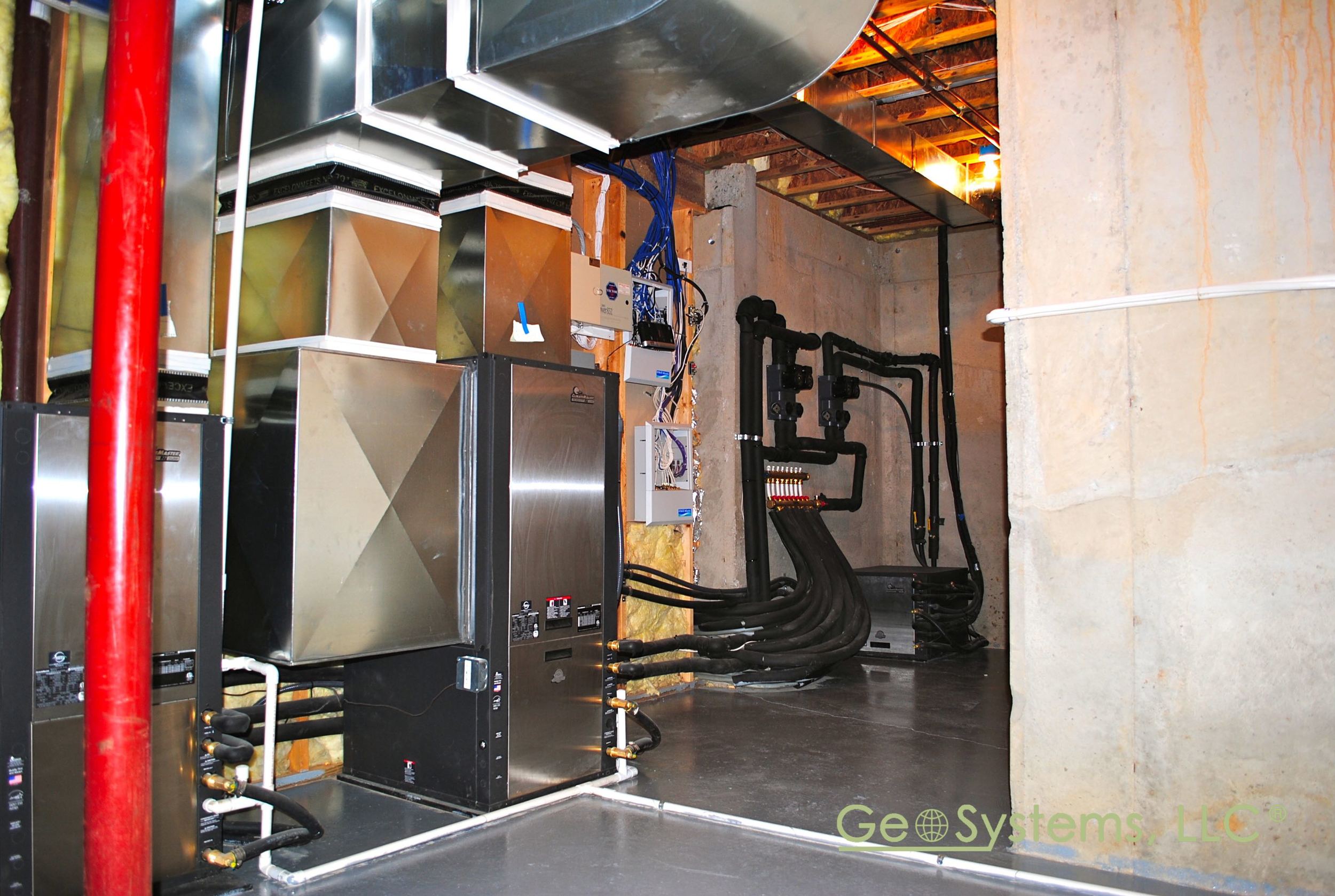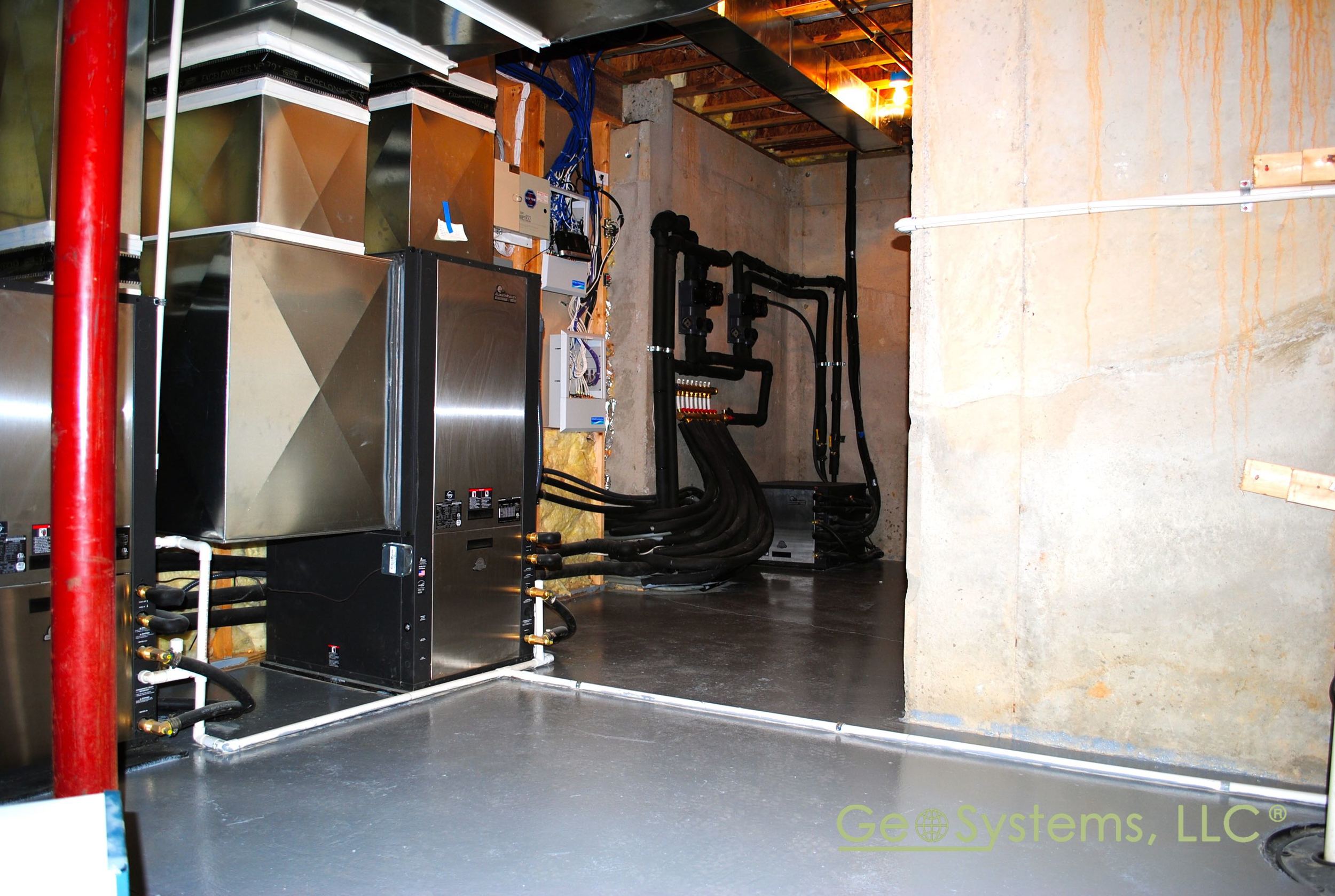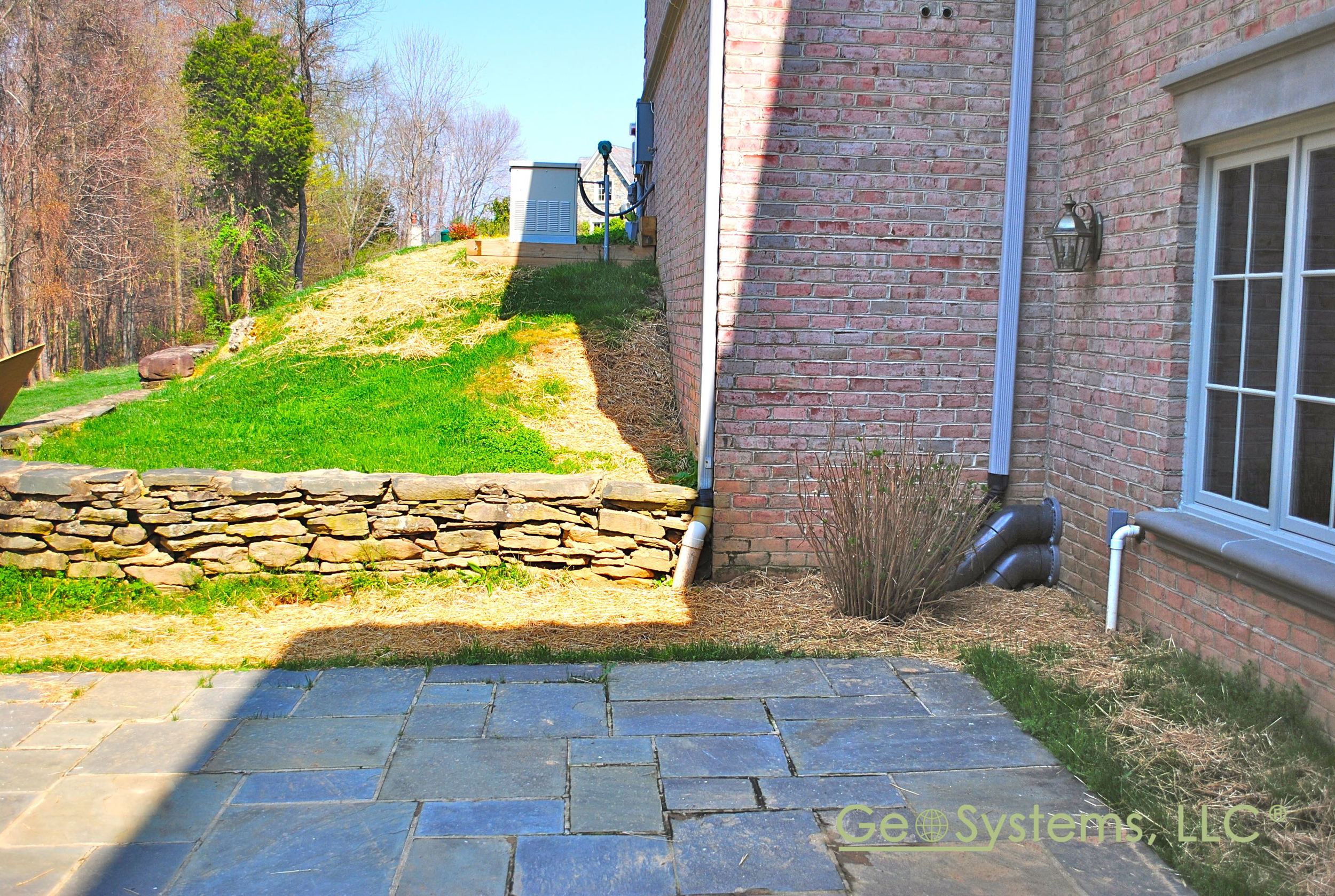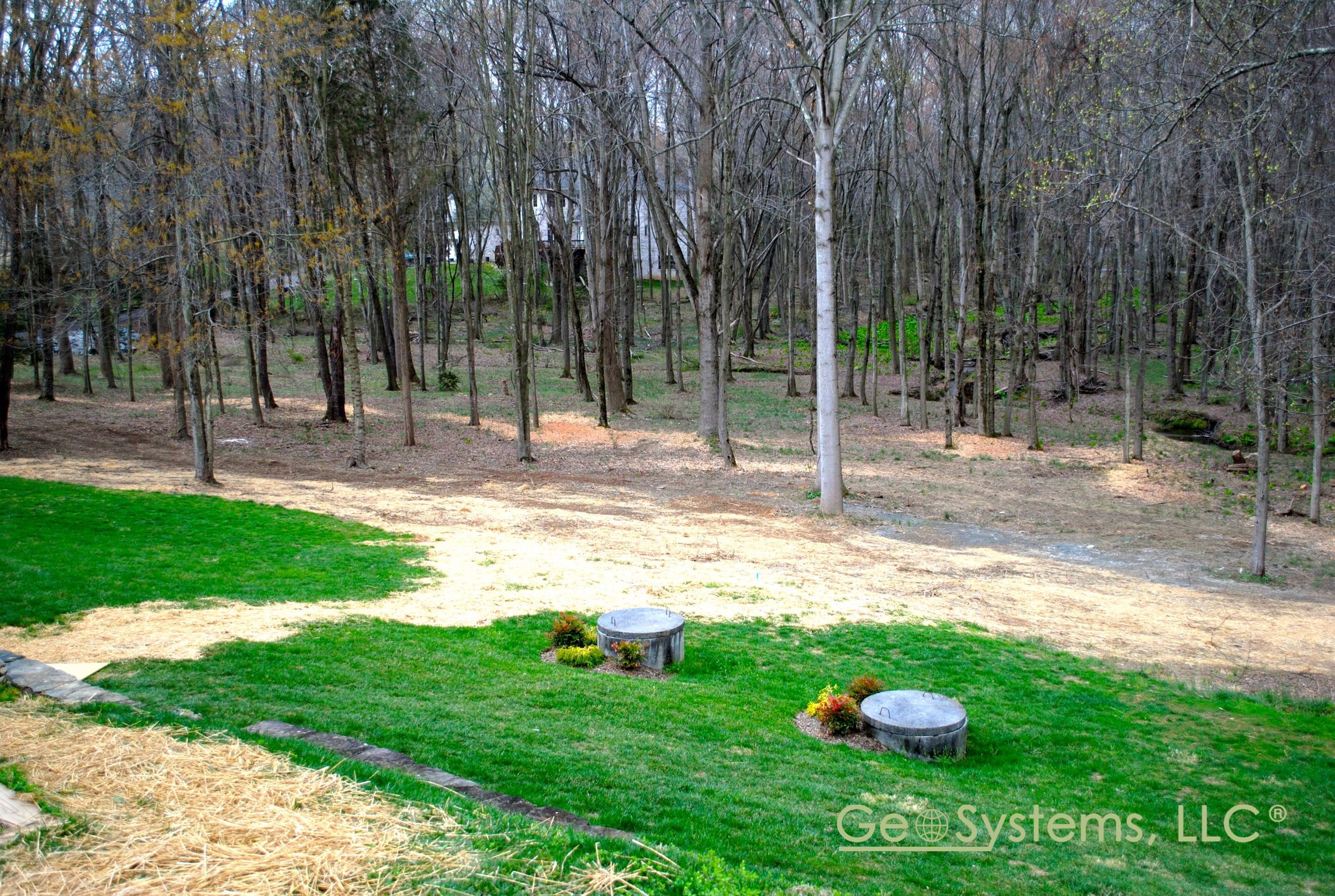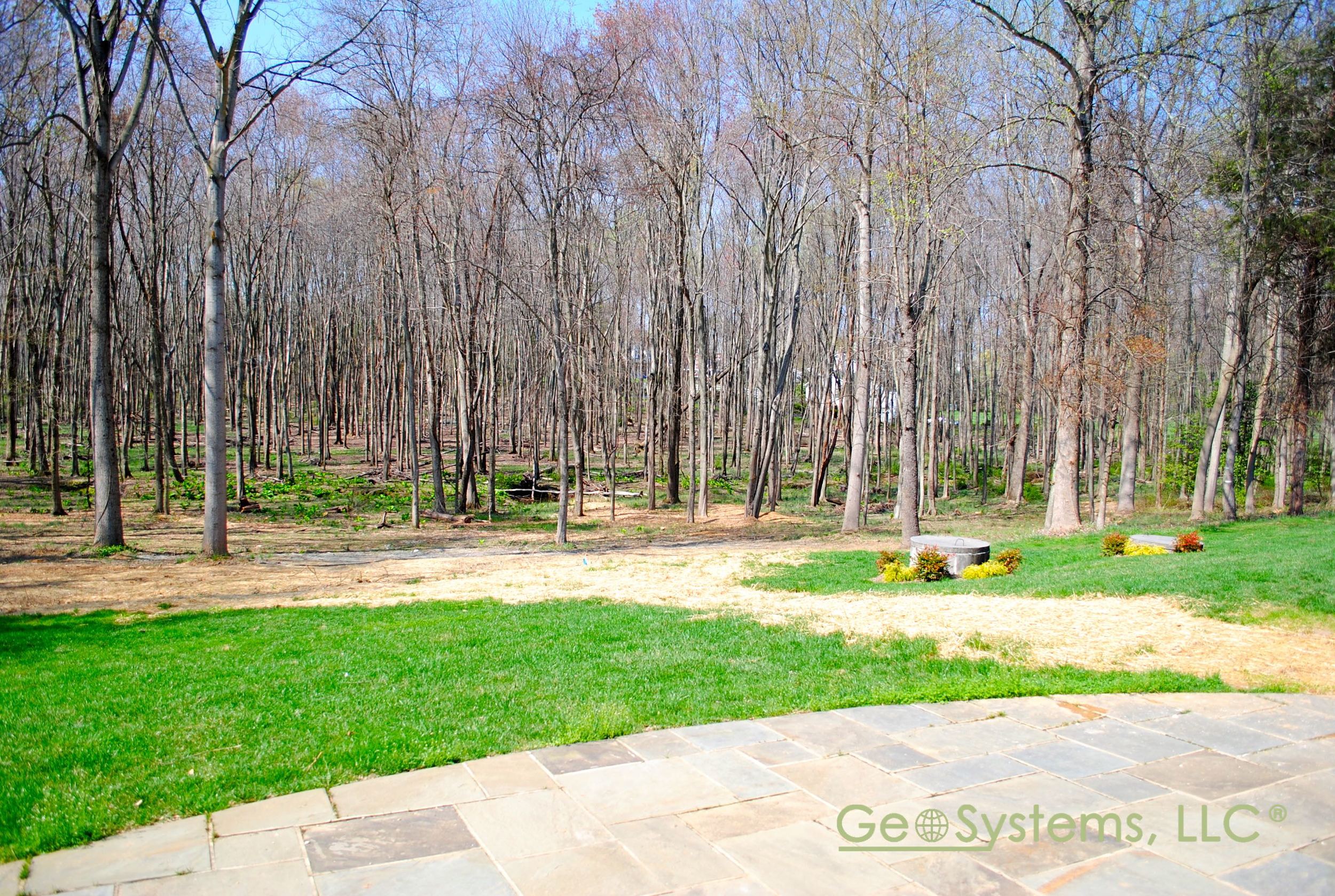How Geoexchange works.
/Geoexchange systems use the Earth’s energy storage capability to heat and cool buildings, and to provide hot water. The earth is a huge energy storage device that absorbs 47% of the sun’s energy–more than 500 times more energy than mankind needs every year–in the form of clean, renewable energy. Geoexchange takes this heat during the heating season at an efficiency approaching or exceeding 400%, and returns it during the cooling season. Geoexchange heating and cooling systems use conventional vapor compression heat pumps to extract the low-grade solar energy from the earth. In summer, the process reverses and the earth becomes a heat sink. Heat exchanger designs include closed loop systems which use horizontal or vertical heat exchangers made of heat-fused high density polyethylene pipe. These systems usually circulate water with a biodegradable antifreeze added. Open loop systems




